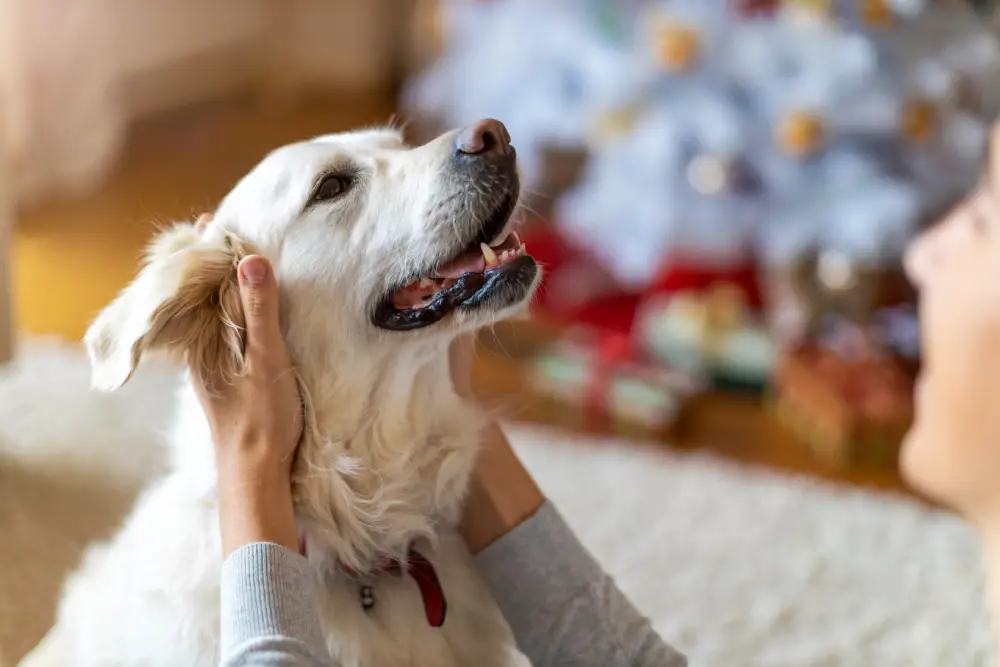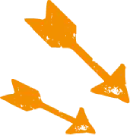
The key to a happy and healthy dog is establishing a regular feeding routine. As your tiny playful puppy changes into an adult dog, it’s important to make sure that you give your dog the right balance of proteins, fat and oils, minerals, vitamins and carbohydrates with a balanced, nutritious diet.
To maintain your dog’s optimal body condition, their adult diet needs to include a staggering 37 specific nutrients, but whether you decide to give your dog wet or dry food is completely up to you. With so many dog food types and flavours to choose from, it can seem impossible to choose the right one for your pet. Our handy dog feeding guide looks at the best diet for dogs, your pooch’s nutritional requirements, and plenty of other information to help you take pawsome care of your furry friend.
What to Feed Dogs
Dogs need a diet that combines both plant and animal proteins to be in optimal health. Many owners like to feed their dog a pure kibble diet, or you can mix their diet up with some cooked or raw meat, fish, vegetables and rice. The basis of your adult dog’s diet should be a well-balanced, specially formulated dog food like Webbox Working Dog Beef biscuits, offering a variety of meats, cereals and essential vitamins that give dogs all the nutrients they need to stay active.
Fresh meat like turkey, chicken and beef is a great source of protein and minerals, but you must make sure it is human-grade before feeding it to your dog. For elderly dogs, the wrong diet can severely impact their health. Most senior dogs benefit from a low-calorie, high-protein wet and dry diet consisting of canned, fresh or cooked dog food to help control their weight.
It’s also important to ensure that your dog has constant access to clean, fresh drinking water. You need to include elements in your dog’s diet that promote oral hygiene, as canine dental problems can lead to life-threatening conditions. Buy fluoride-free toothpaste and make sure your dog has plenty of chew toys to strengthen their gums and teeth. If you want to give your dog something extra as a treat, try our Webbox Dental Sticks, which promotes chewing for good dental health and has no artificial colours.
Once you have established the nutritional needs of your dog, you may find that their ideal food comes in a choice of dry or wet preparations. Both contain the same nutritional value, so what’s the difference?
- Wet dog food contains water, making it a good source of hydration for dogs that are reluctant to drink enough themselves. Wet food also tends to smell stronger than dry food, which can make it more appealing to dogs who need tempting to eat. Wet foods are also a good option for dogs with missing teeth or poorly aligned jaws.
- Dry Dog food is the most convenient type of food for storage and feeding. It can be left out for your dog to eat at his own pace without fear of spoilage. If you’re looking for a wholesome, everyday option, explore our range of dry dog biscuits, packed with essential nutrients to keep your dog happy, healthy, and full of energy.
There are pros and cons to both wet and dry food, and you should choose the type which you feel best meets your dog’s nutritional requirements. Most owners tend to go for a combination of wet and dry food, but if you’re unsure which type of food is best for your dog, ask your vet for help.
How much should I feed my dog?
Dogs are creatures of habit, so it’s best to get them into a regular feeding routine as soon as they’re ready to move onto adult dog food, which is usually after 12 months for small breeds and 24 months for giant breeds. How much you should feed your dog depends on their breed, lifestyle and body condition. The most important consideration when feeding your dog is to give them enough nutrients to maintain a healthy, lean body condition. You should never exercise your dog an hour before or an hour after feeding.
Treats and safe human foods are fine in moderation, but should only be up to 10% of your dog’s daily calories. If you treat your dog often, be sure to reduce their main meals slightly to avoid overfeeding. Dogs go wild for peanut butter, so why not try Webbox Tuffies Peanut Butter Collagen Roll?
Depending on the breed, you should feed your dog once or twice a day. Smaller dog breeds have a faster metabolism and therefore burn energy at a much higher rate, so may need to be fed more often. Some smaller breeds may need twice as many calories every day as larger breeds, with the best food formulas for small dogs containing additional protein to give them the extra boost they need. Larger breeds may have slower metabolisms, but they have much larger appetites, requiring reduced fat content and concentrated proteins to help control their weight gain.
While balanced meals should always be the mainstay of your dog’s nutrition, adding in a few tasty extras can help reward good behaviour or boost appetite—Webbox Snackies Beef Crisps make a flavourful, protein-rich treat that dogs often find irresistible.
What not to feed dogs
As well as knowing what to feed your dog, it’s important to know what you shouldn’t let them eat, puppy dog eyes or not. Some of the foods you should avoid giving to your dog are:
- Chocolate. Chocolate contains cocoa, which contains theobromine. Theobromine is very toxic to dogs.
- Salty snacks. While a single crisp will only cause them to drink more water, large amounts of sodium can lead to tremors and seizures.
- Uncooked dough. Just like yeast rises in bread, uncooked dough will expand in your dog’s stomach and cause gas and discomfort.
- Onions, grapes, garlic cloves and raisins are highly toxic to dogs.
If your dog has gone off their food, it may be that they have eaten something they shouldn’t have. If you suspect that your dog has eaten something toxic, make an emergency appointment with your vet as soon as possible. If you need to change your dog’s diet, you should do it slowly over seven to ten days, increasing the ratio of old to new food daily.
Webbox brands for adult dogs
Here at Webbox, we try to see the world from a pets point of view so we can understand what they want, not just what they need. We put all our love, creativity and fun into everything we make, producing nutritional food and balanced treats designed to keep you and your pet happy and healthy. For fantastic food, chomping chews and brilliant bones, shop our dog food range today.

Shop for Dogs

Personalise your search:
Shop for Cats

Personalise your search:
Our Most Popular Products
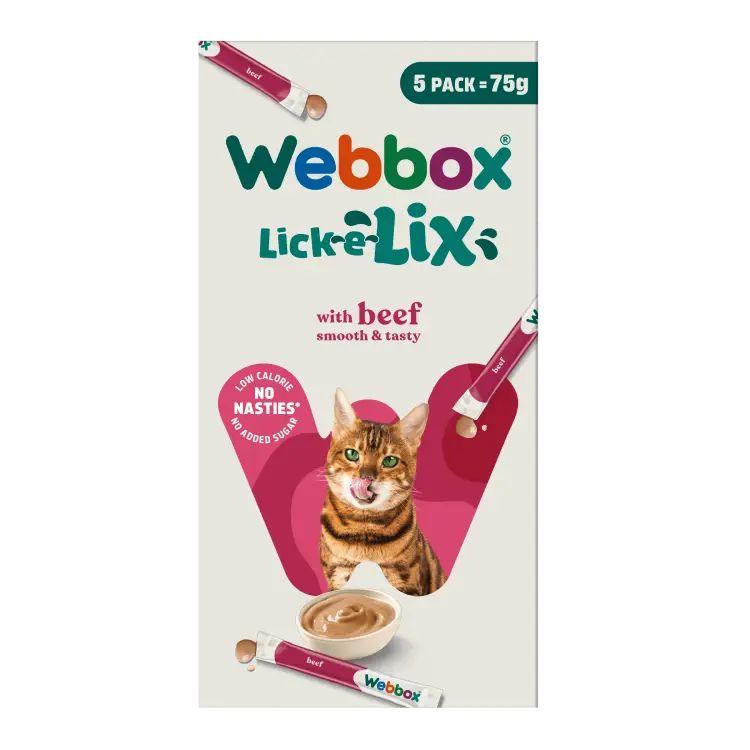

Webbox Lick-e-Lix with Beef Cat Treats 75g
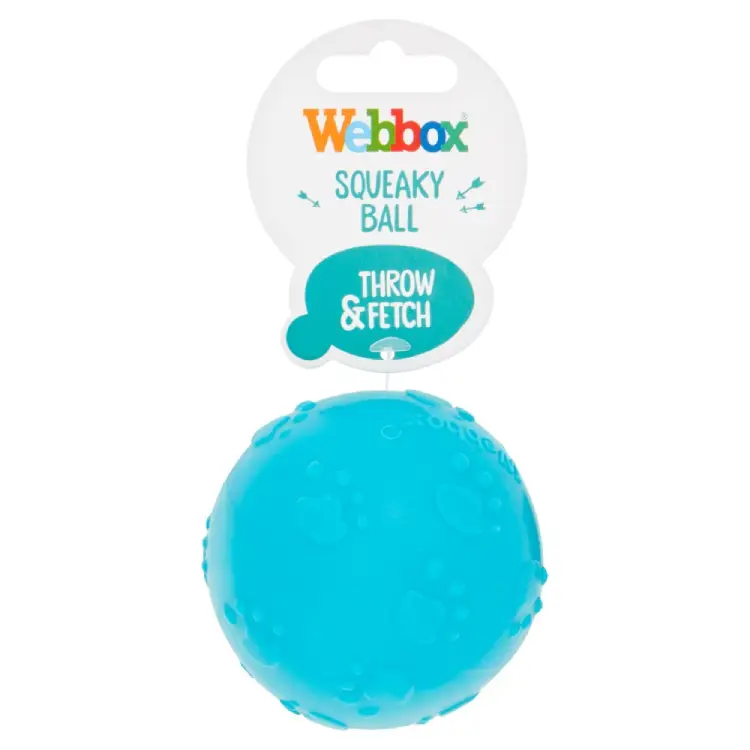

Webbox Squeaky Ball Dog Toy
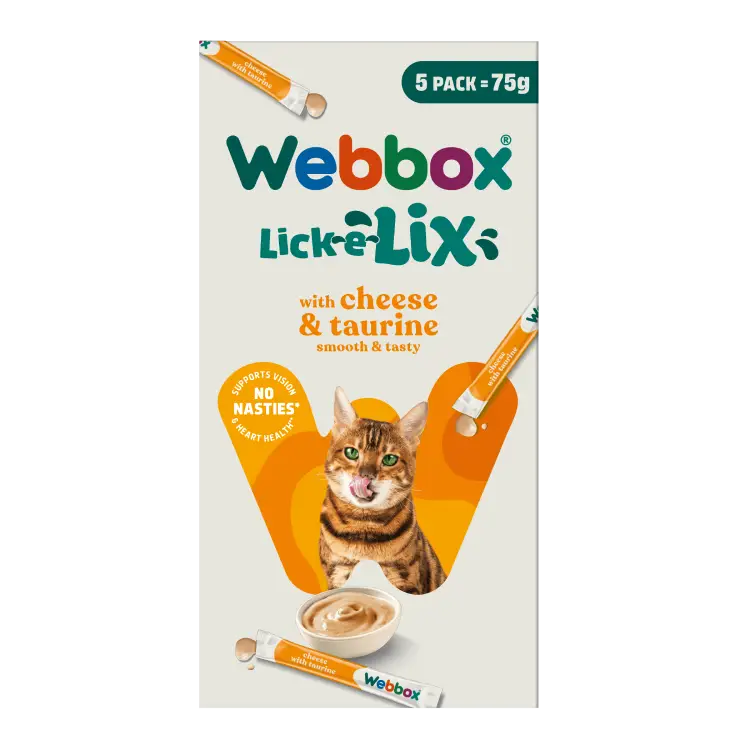


Webbox Lick-e-Lix Cheese & Taurine Cat Treats 75g
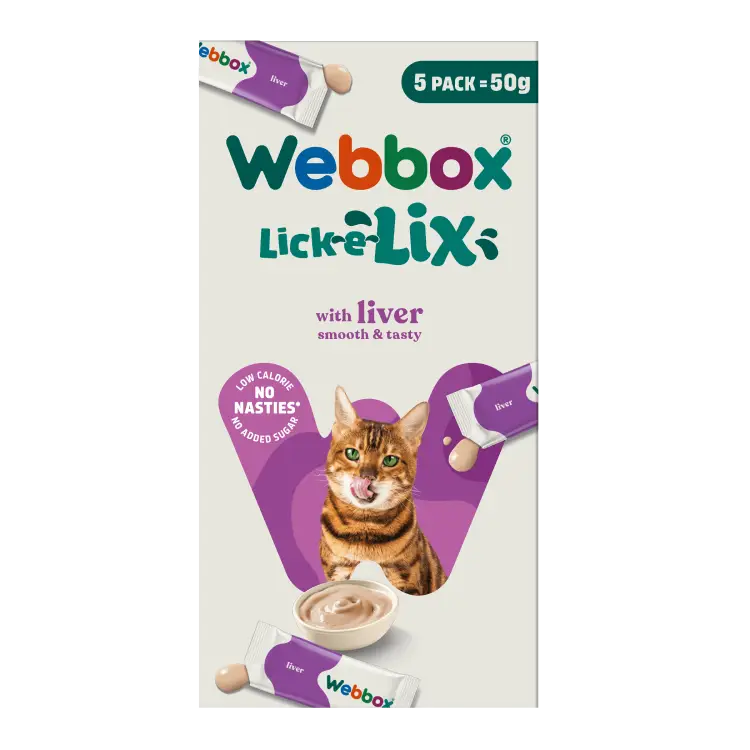

Webbox Lick-e-Lix Liver Cat Treats 50g
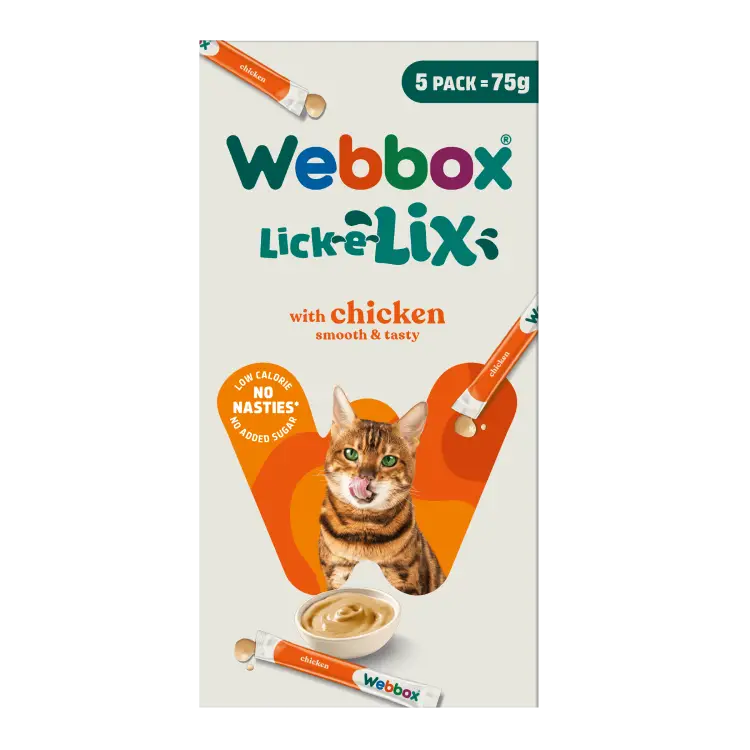

Webbox Lick-e-Lix Chicken Cat Treats 75g


